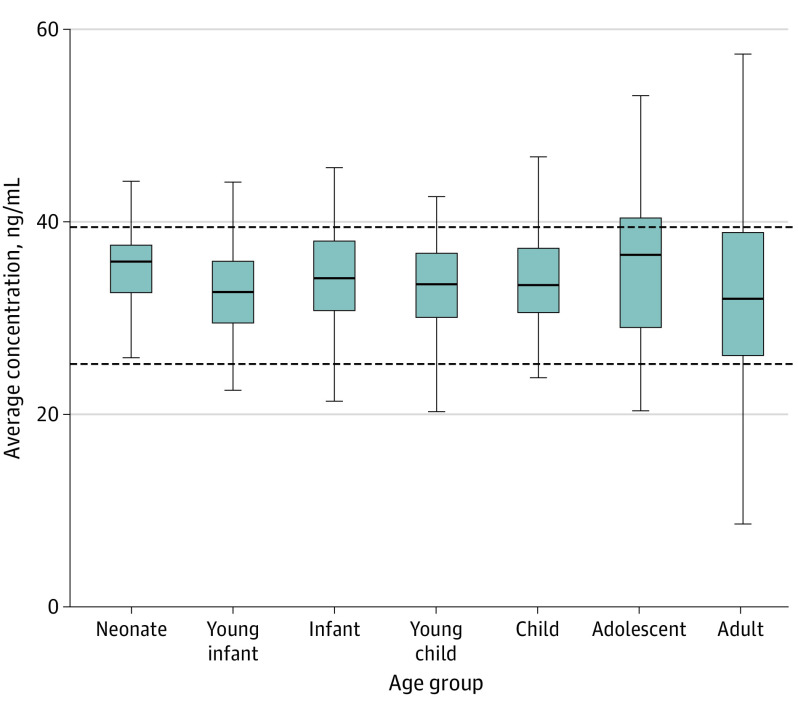Figure 1. Simulated Average Unbound Hydroxychloroquine Concentrations in Plasma for 120 Hours in Children and Adults.
Average unbound hydroxychloroquine concentrations in plasma for 120 hours in children and adults under the proposed dosing algorithm. Age classifications are based on postnatal age and are defined as follows: neonate (0 to <30 days), young infant (1 to <6 months), infant (6 to <24 months), young child (2 to <6 years), child (6 to <12 years), adolescent (12-18 years), and adult (20-50 years). Horizontal lines of the box correspond to the first quartile, median, and third quartiles. Upper whiskers extend from the third quartile to the largest observation to a maximum length of 1.5 times the interquartile range (ie, third quartile to first quartile). Lower whiskers extend from the first quartile to the lowest observation to a maximum length of 1.5 times the interquartile range (ie, third quartile to first quartile).

